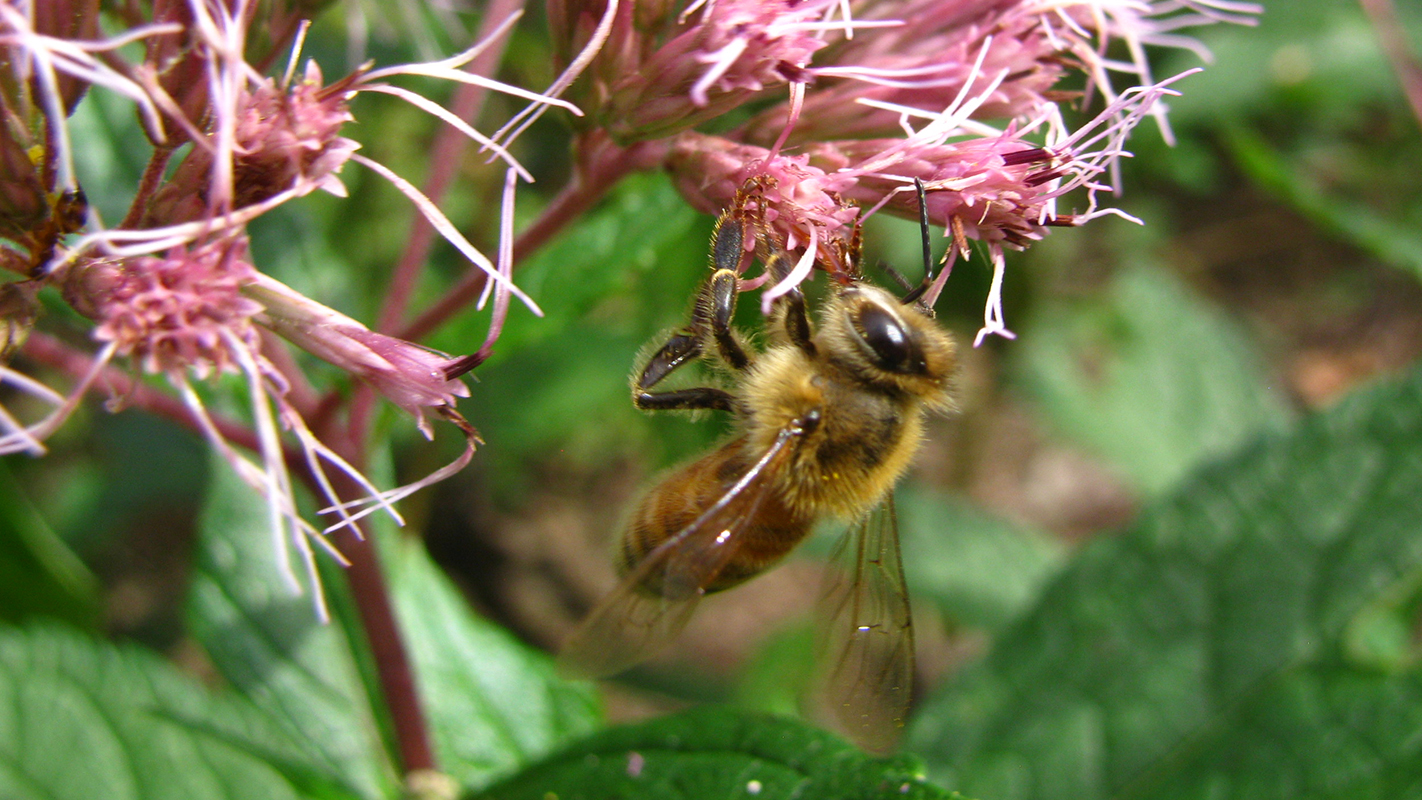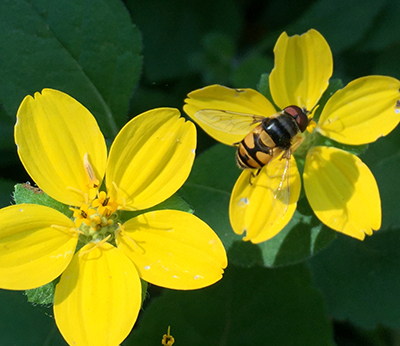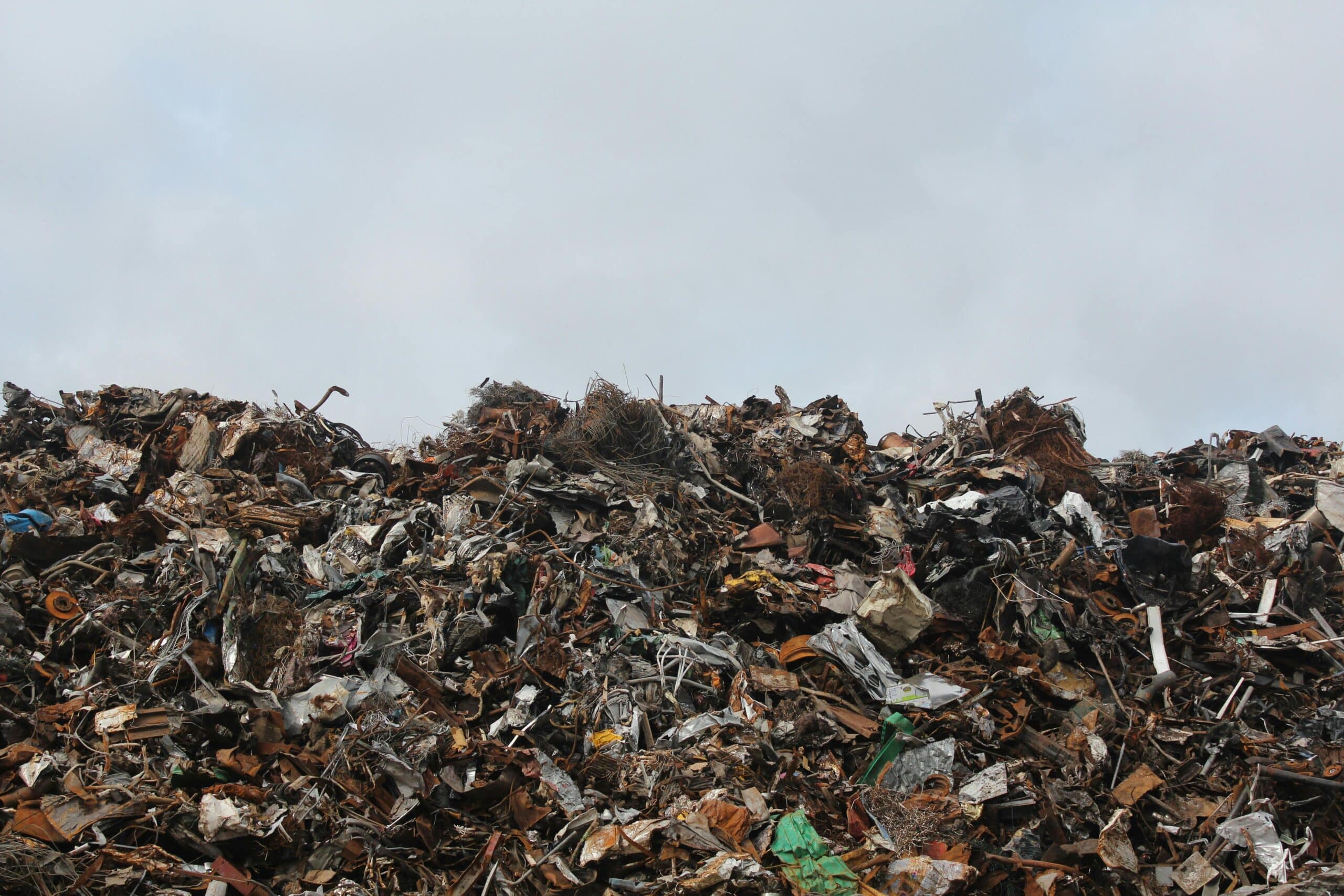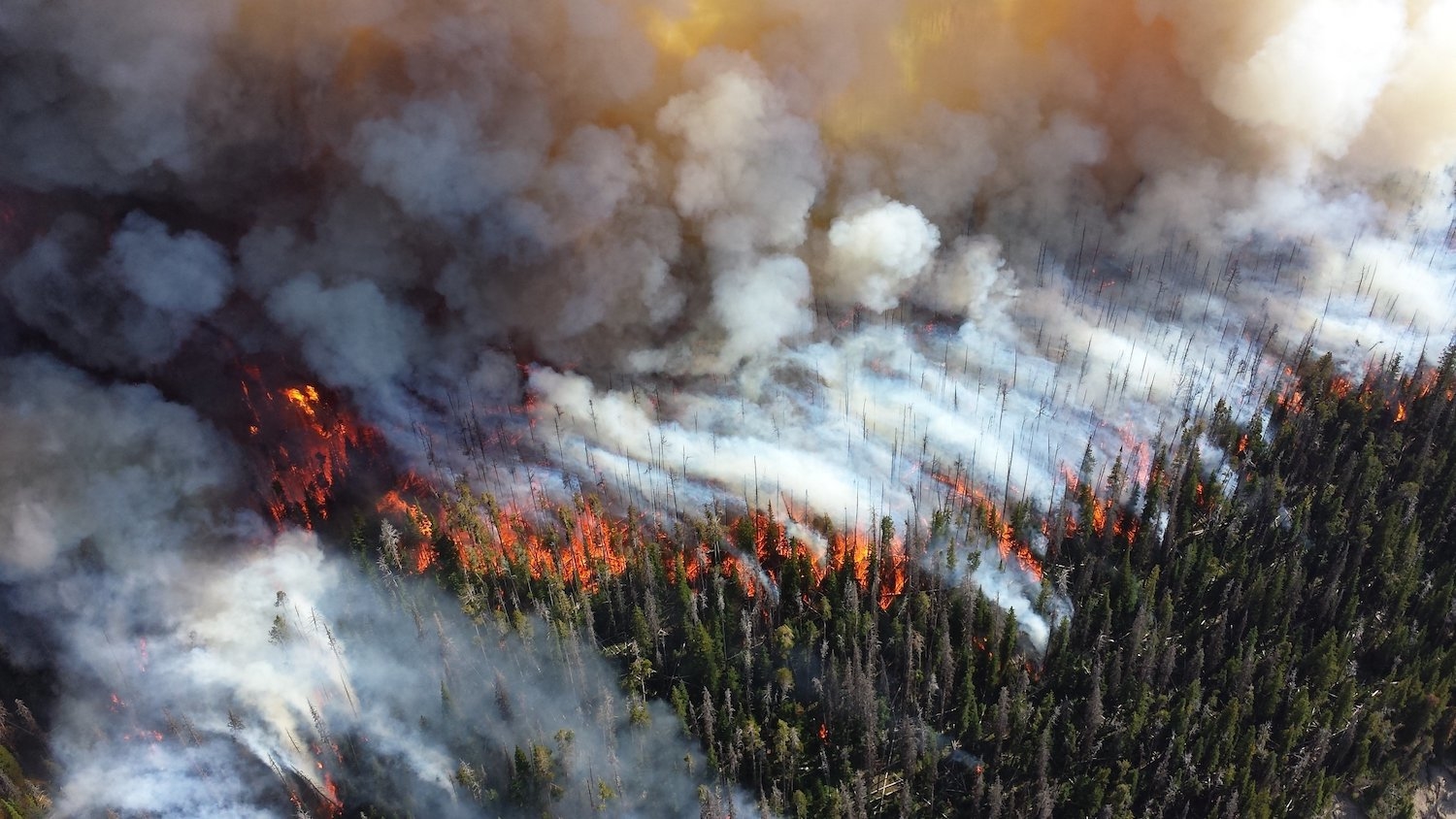Experts Convene to Discuss How to Protect Bees, Other Pollinators

This autumn, researchers, educators, and industry experts from around the country will descend on a small town in rural North Carolina to discuss a question with repercussions for both the economy and the environment: what can be done to protect bees and other pollinators?
The conference is focused specifically on what can be done to not only conserve but also bolster pollinator populations in so-called “ornamental” landscapes, such as urban areas and manicured gardens. It is the brain child of two entomologists – Steve Frank of NC State University and David Smitley of Michigan State University.

With pollinator declines in the news, public demand for bee-friendly ornamental plants is high, but much of the available research has addressed pesticides and bee safety in agriculture. The science of what makes an urban landscape truly “bee friendly” is still a work in progress.
“There’s been a lot of discussion about declining pollinator populations, and a lot of that discussion has focused on neonicotinoid pesticides,” Frank says. “But there are a lot of factors that need to be addressed, including plant diversity, parasites and pathogens, and temperature and pollution.
“Last fall, Dave and I decided to organize a conference that pulls together academic researchers and experts from the nursery, landscape, and greenhouse industries to look at all of these subjects and how they relate to each other,” Frank says. “Ideally, we’ll all get a handle on the state of existing research and outline directions for future research. Ultimately, we want to develop practical recommendations to help protect pollinators.”
“When people hear about pollinator declines, they usually think of honey bees – but it’s not that simple,” says Elsa Youngsteadt, an NC State entomologist who helped organize the conference. “There are about 4,000 other bee species in the United States, and they are important pollinators for a huge variety of wild and cultivated plants.
“Collectively, these species are economically important. Without them, most plants would not bear seeds or fruit. So they are essential for agriculture, and also for the health of any ecosystem,” Youngsteadt says. “And there is still a lot we don’t know about these wild bee species. This is one of the subjects that will be discussed at the conference.”
The Protecting Pollinators in Ornamental Landscapes Conference will cover a wide range of research and practical applications, including the function of pollinators, threats to pollinators (including pesticides), and what ornamental plant industries are currently doing to protect pollinators.
“We’re bringing in more than 20 internationally-recognized experts to lead sessions on each of these research sectors, as well as greenhouse and nursery industry leaders,” Youngsteadt says.
The conference is being held Oct. 12-14 in Hendersonville, North Carolina. A full agenda is available online, and those interested in attending the conference can learn more about online registration here. The conference is co-organized by NC State University and Michigan State University Extension.
- Categories:


